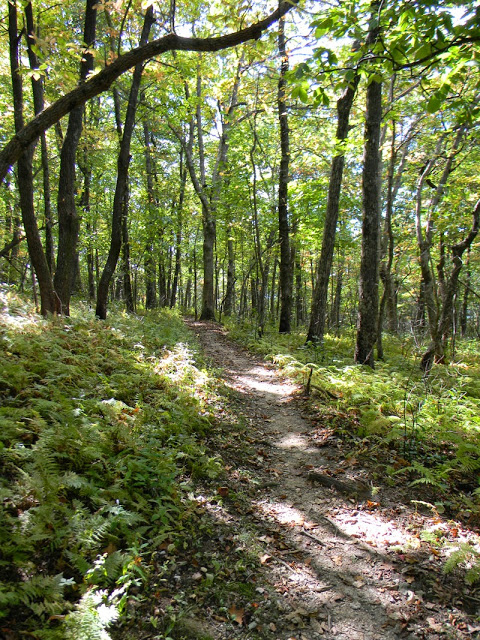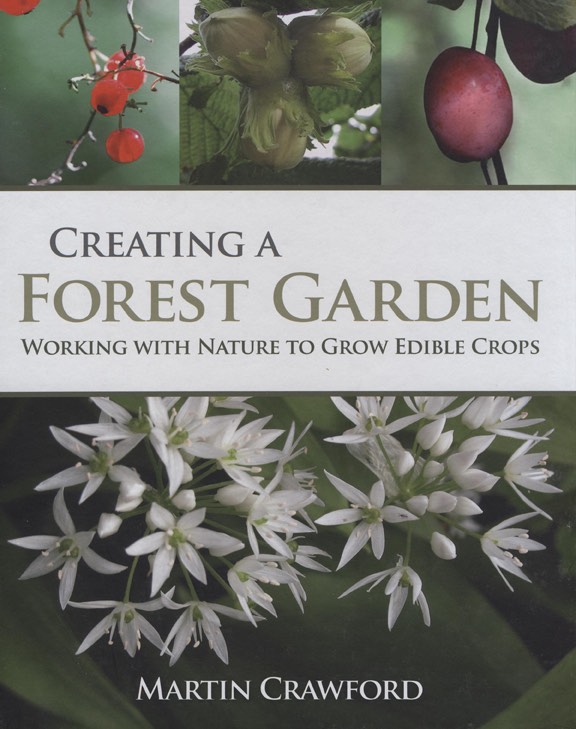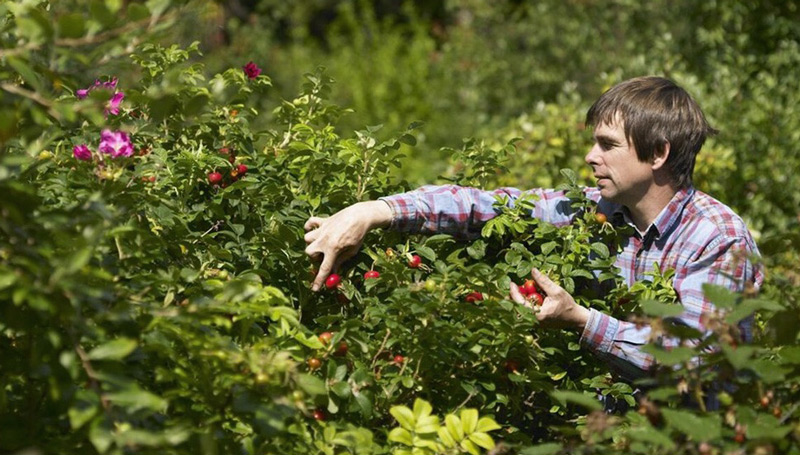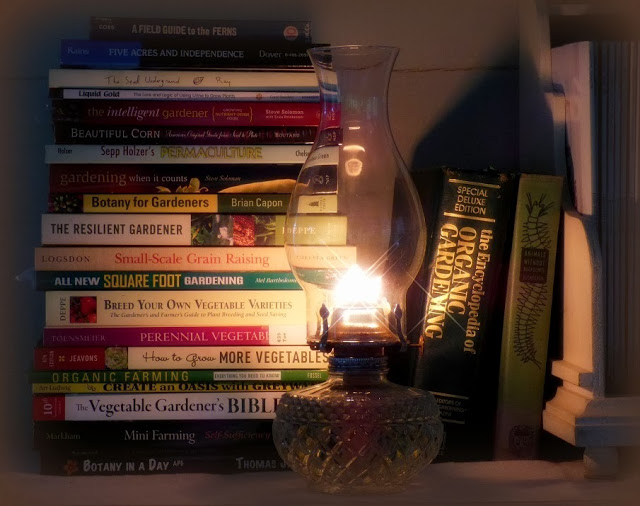I’ve always loved wandering through the woods and breathing in the damp, oxygen-rich air, fragrant with the aroma of fungi and growing things.
A forest is almost like a large, multi-faceted organism. It recycles nutrients, holds together the soil, provides myriad nooks and crannies for animal and insect life, breaks down rocks into soil, brings up water from deep beneath the earth and provides man with fruits and nuts, wood, game and an escape from the blazing sun.

With some clever planning, a forest can be constructed deliberately to maximize food production while still serving the many other functions of a wild system.
That’s where food forests come in.
I’ve read extensively on the food forest concept and helped build multiple food forests in my home state of Florida.
Here in the tropics, I have plans for a new one – eventually – but even if you don’t live in a warm climate, you can create a marvelous and edible forest garden.
After all, Robert Hart planted the first and most famous forest garden in Shropshire, England.
The tropics may be loaded with a massive array of species, yet temperate regions also support stunning forests.
For cutting edge research with temperate food forests, it’s hard to beat the work of Martin Crawford. His book Creating a Forest Garden is an inspiration for gardeners in colder climates.
 It’s a hefty hardcover book. The kind of book you’ll want to leave on your coffee table for rainy days when you can’t get outside and garden.
It’s a hefty hardcover book. The kind of book you’ll want to leave on your coffee table for rainy days when you can’t get outside and garden.
Crawford covers groundcovers, shrubs, canopy species, fungi, insectary plants, planning and lots more.

The only downside to this book, in my opinion, is that Crawford succumbs to the climate change fear-mongering which has been pushed on us relentlessly over the last few decades.
Of course, if that sort of thing worries you, planting a forest garden is a good way to create a more stable ecosystem long term. It’s certainly a good way to mitigate heat and cold, floods and drought. Forests can take a bigger beating than say, a field of sweet corn can.
Climate aside, the knowledge and ideas in this book are worth the price of admission – I’m glad to have a copy – Martin Crawford knows his plants and their uses as well as how to make them work together in a forest garden.

